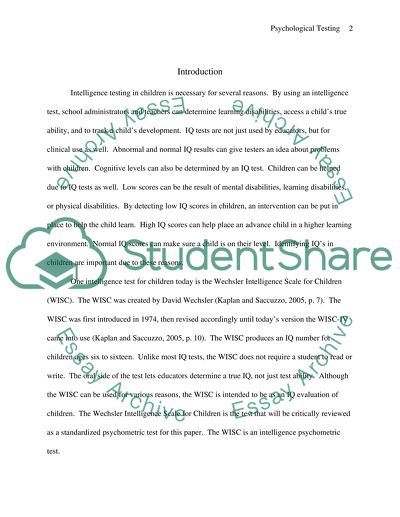Cite this document
(“Psychological Testing - Wechsler intelligence scale for children Essay”, n.d.)
Psychological Testing - Wechsler intelligence scale for children Essay. Retrieved from https://studentshare.org/miscellaneous/1555152-psychological-testing-wechsler-intelligence-scale-for-children
Psychological Testing - Wechsler intelligence scale for children Essay. Retrieved from https://studentshare.org/miscellaneous/1555152-psychological-testing-wechsler-intelligence-scale-for-children
(Psychological Testing - Wechsler Intelligence Scale for Children Essay)
Psychological Testing - Wechsler Intelligence Scale for Children Essay. https://studentshare.org/miscellaneous/1555152-psychological-testing-wechsler-intelligence-scale-for-children.
Psychological Testing - Wechsler Intelligence Scale for Children Essay. https://studentshare.org/miscellaneous/1555152-psychological-testing-wechsler-intelligence-scale-for-children.
“Psychological Testing - Wechsler Intelligence Scale for Children Essay”, n.d. https://studentshare.org/miscellaneous/1555152-psychological-testing-wechsler-intelligence-scale-for-children.


